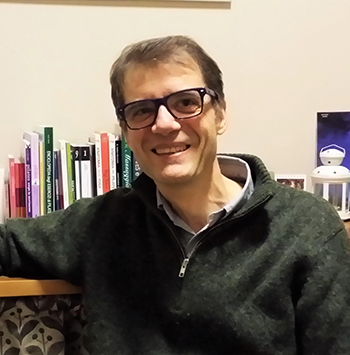
Schultz attributed the therapeutic action of autogenic training to an increase in the self-regulatory capacities of the organism, facilitated by the systematic and repeated achievement of the autogenic state. This particular state of consciousness, induced by the autogenic training technique, is accompanied by brain-mediated psychological and physiological modifications. According to the author, in the central nervous system, autogenic commutation, namely the passage from the ordinary state of consciousness to the autogenic state, corresponds to the modulation of specific motivational systems involved in the physiological, emotional and cognitive self-regulation of the organism. This paper describes the psychoneurophysiology of the autogenic state according to an evolutionary perspective, adopting the triune brain model of Paul MacLean. The main therapeutic effects of the autogenic techniques are explained as the impact of the autogenic state on the motivational systems of the reptilian brain, the limbic brain and the neocortex.
At reptilian brain level, the autogenic state acts on the motivational systems that regulate homeostasis, defence behaviour, consummatory behaviour and exploration behaviour. At limbic brain level, the autogenic state mainly influences the activity of the attachment motivational system which is deactivated. Finally, at neocortex level, the autogenic state modifies the activity of the superior cognitive motivation system whose evolutionary mandate drives the individual along the road to self-knowledge, self-awareness and self-realisation.
Though based on consolidated scientific evidence, many of the considerations in this paper are to be taken as mere hypotheses awaiting confirmation. It is the author’s hope that these considerations can be a stimulus and starting point for new, targeted research in the field of autogenic psychotherapy. Thus, for example, the study of autogenic training in the different attachment styles could provide interesting data for the use of autogenic psychotherapy in the different psychopathological conditions.
IMPORTANTE: Algunos textos de esta ficha pueden haber sido generados partir de PDf original, puede sufrir variaciones de maquetación/interlineado, y omitir imágenes/tablas.
Psicoterapia Psicosomatica
luis de rivera
Fecha Publicación: 21/05/2021
Psicosomática de la vergüenza. Su tratamiento con métodos autógenos avanzados
Luis Hernandez Herrero
Fecha Publicación: 21/05/2021
Relajación, meditación, mindfulness y autogenics. Similitudes y diferencias
Leonor de Rivera-Monterrey
Fecha Publicación: 21/05/2021
Autogenics 3.0
luis de rivera
Fecha Publicación: 02/05/2018
PROPUESTA DE PLANES DE INTERVENCIÓN CON HIPNOSIS, AUTOGENICS Y MEDITACIÓN
ISIDRO perez hidalgo
Fecha Publicación: 02/05/2018
The Birth of Autogenic Training
Heinrich Wallnöffer
Fecha Publicación: 31/03/2017